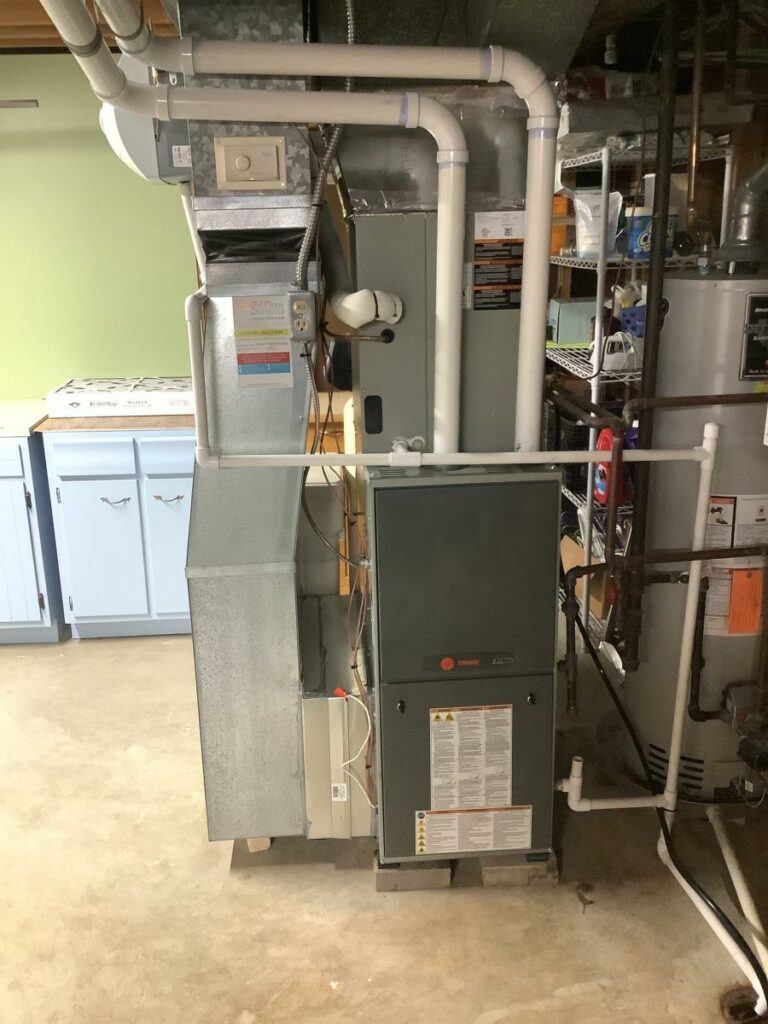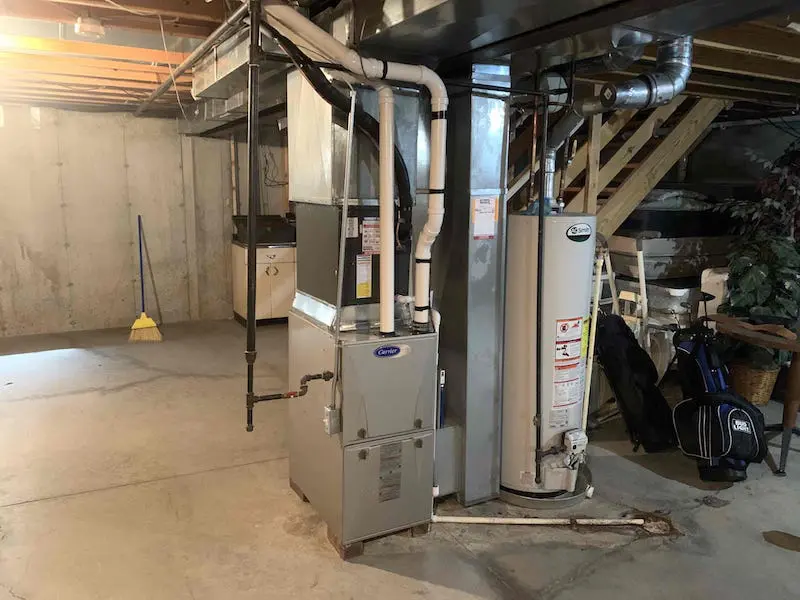The Ultimate Guide to Heating System Installation for a Cozy Home
Heating system installment is a crucial facet of preserving a comfortable home environment, especially during the chillier months. Comprehending the different sorts of heaters available and the relevance of selecting the proper size can significantly affect both performance and convenience degrees. A comprehensive setup process, enhanced by the right tools and materials, makes certain ideal performance. This guide intends to gear up homeowners with the knowledge required to make enlightened decisions and execute effective upkeep methods. As you take into consideration these aspects, the inquiry stays: what steps can you require to guarantee your furnace serves you well for years to come?
Sorts Of Heaters
When taking into consideration heater setup, recognizing the different sorts of heaters available is vital for making an educated choice. The key types of heaters include gas, electric, and oil heaters, each offering unique benefits and considerations.
Gas furnaces are the most typical selection due to their efficiency and lower functional expenses. They utilize all-natural gas or gas, giving fast heating and regular performance, making them excellent for colder environments.
Electric heating systems, while usually less complicated to install and keep, have a tendency to have greater functional costs. They are usually favored in locations where gas service is unavailable or for homes with existing electric framework.
Oil heating systems, though less usual today, continue to be a practical choice in particular regions. They melt heating oil, which can be beneficial throughout chillier months, however their reliance on oil delivery positions potential obstacles.
In addition, there are high-efficiency designs available across these kinds, which can substantially lower power intake and energy expenses. Inevitably, recognizing these furnace types will help house owners pick a system that straightens with their heating needs, budget plan, and energy preferences.
Picking the Right Dimension
Choosing the suitable size for a furnace is vital to guaranteeing optimum efficiency and power effectiveness. An undersized heater will certainly have a hard time to keep comfortable temperatures during the chilly months, leading to raised deterioration, greater energy expenses, and prospective system failure. Alternatively, a large furnace might cycle on and off also often, leading to ineffective home heating and unequal temperature level distribution within the home.

Heater sizes are usually gauged in British Thermal Units (BTUs), which show the quantity of power called for to heat up an area. It is recommended to speak with a certified a/c professional who can carry out the needed computations and see it here suggest a properly sized device. furnace repair. Purchasing the ideal heater dimension not just enhances convenience but also adds to long-term energy financial savings and system reliability
Installment Process Review
When the proper furnace size has actually been figured out, the following action entails recognizing the installment procedure. This process generally begins with a comprehensive analysis of the setup website, consisting of the existing ductwork and air flow systems. Proper planning is necessary to make certain seamless combination and optimal performance of the brand-new heating system.
The installment generally consists of detaching the old unit, which includes safely getting rid of any electrical connections, gas lines, and ductwork attached to the previous furnace - furnace repair. When gotten rid of, the brand-new heating system is thoroughly located and leveled, making certain that it satisfies the supplier's specs for optimal operation
Following, the installer will certainly attach the required gas and electrical lines, adhering to local codes and safety regulations. Following this, ductwork may need to be modified or replaced to fit the new system, ensuring effective airflow throughout the home.

Important Devices and Materials
Collecting the important tools and products is important Continue for an effective heating system installment. Correct prep work makes certain that the installment process is effective and lessens the possibility for mistakes.
Trick tools needed consist of a drill, screwdrivers, wrenches, pliers, and a degree. A multimeter is essential for electrical connections, while a pipe cutter and adjustable wrench are needed for gas line setup. Additionally, a tape step and a stud finder will help in guaranteeing accurate placement and protected attachment of the heating system.
In regards to products, you will certainly require ductwork, insulation, and sealing tape to make certain optimal air movement and energy performance. It is likewise crucial to have a brand-new heater filter handy, along with venting materials, such as PVC pipe or steel flue, depending on the kind of furnace being mounted.
Safety tools, consisting of handwear covers, safety glasses, and a face mask, is additionally crucial to secure versus dirt and debris during installment. Having all these devices and materials easily offered not only enhances the procedure but likewise boosts the security and performance of the heating system installment.
Maintenance Tips for Durability
To ensure the longevity of your heating system, it is necessary to implement a routine maintenance routine that attends to crucial components of the system. Begin by changing or cleansing the air filter each to three months, as a clogged up filter can restrict air movement and lower effectiveness. Furthermore, examine and cleanse the blower setting up to stop dirt buildup that can impede efficiency.
Next, inspect the thermostat settings and alter if needed to guarantee accurate temperature level regulation. Evaluate the ductwork for leakages or clogs, as this can cause power loss and irregular home heating. On a regular basis oil the motor and bearings according to the manufacturer's referrals to minimize wear and tear.
Expert assessments ought to occur every year, where a certified professional can analyze the furnace's total problem, check for gas leaks, and make sure that safety and security functions are operating correctly. Think about setting up a programmable thermostat to enhance power usage and preserve consistent home temperature levels. By adopting these upkeep techniques, you can improve your furnace's efficiency, extend its life-span, and inevitably appreciate a cozy and comfortable home environment.
Final Thought
Reliable heating system installment is vital for achieving optimum home comfort and energy effectiveness. Recognizing numerous heating system kinds and picking the ideal dimension ensures appropriate performance (furnace repair). A meticulous installation process, sustained by the right tools and materials, contributes significantly to the system's performance. Furthermore, routine maintenance plays a crucial duty in extending the life expectancy of the heater. Complying with these standards fosters a warm and inviting living space, crucial for sustaining the challenges his explanation of chillier months.